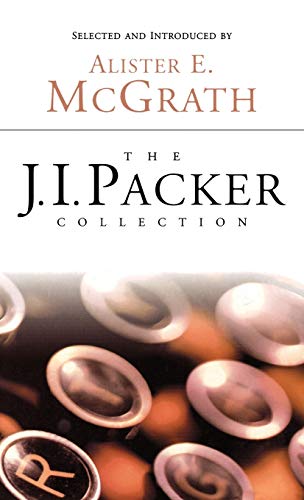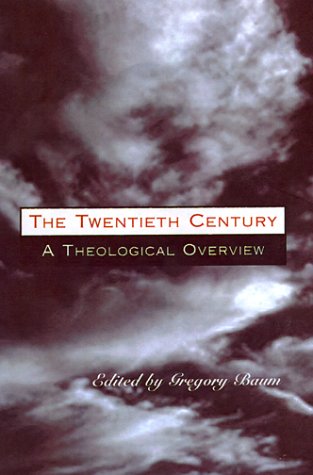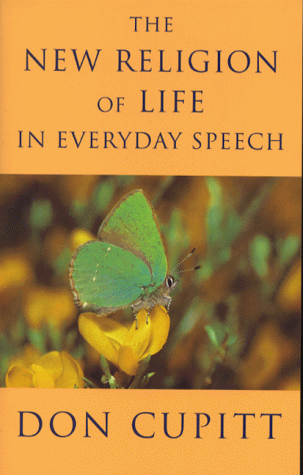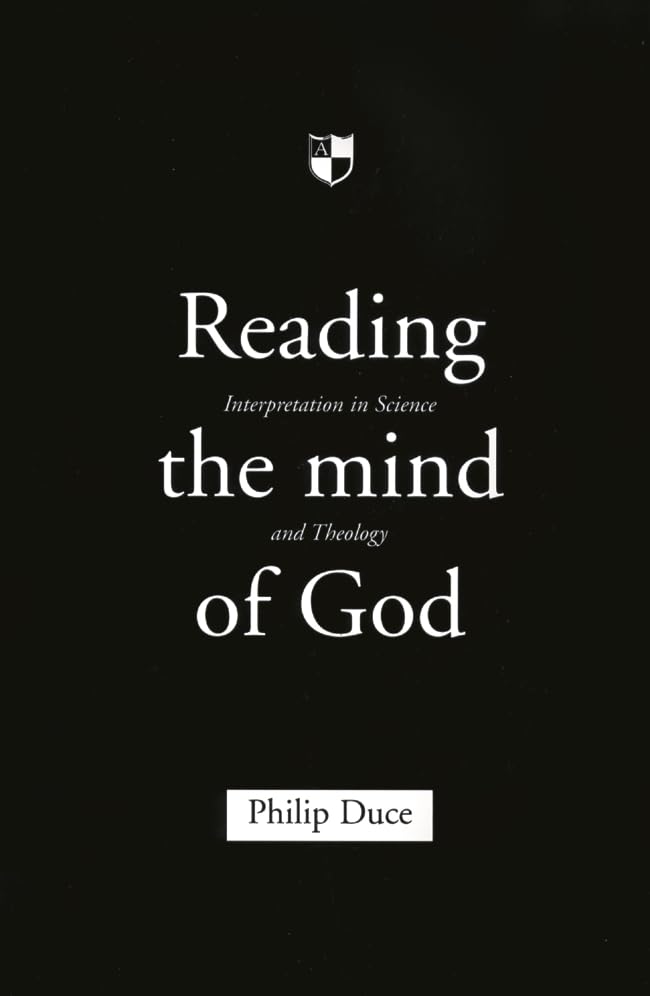The Imaginative World of the Reformation
Written by P. Matheson Reviewed By Meic PearseThis book proceeds from the (undoubtedly correct) premise that the evangelical Christianity of the Reformation is very unpopular nowadays, both as Christianity and as a species of ‘modernist’ outlook. In that situation, Reformation Studies need justifying in fresh terms. The complicity of Protestantism in the demise of the pre-modern, iconic, pre-national, minimally textual world of the late Middle Ages is no longer seen as a matter of praise but as confirmation of the mean-mindedness that is to be expected of those who try to live life by a mere textbook, especially Scripture.
As Matheson’s title suggests, his book is an attempt to rescue the Reformation from these negative evaluations at the hands of a post-modern generation by highlighting aspects that are more likely to appeal in the new climate. And so he emphasises the element of paradigm shift that is present in the early sixteenth century, and the changes in the imaginative world of ordinary people, which Protestantism both reflected and facilitated. As he says, ‘it is possible to revisit the Reformation, seeing it less as a doctrinal shift or structural upheaval, though it was both of these, than as an event in the imagination, a shift in the basic paradigms through which people perceived their world’ (119). Accordingly, the book has chapters on ‘The Stirring of the Imagination’; ‘A New Song or the Stripping of the Altars?’; ‘Rural and Urban Utopias’; ‘Nightmare’; The Contours of Daily Life’ and The Spirituality of the Reformation’.
Matheson’s arguments are at least partly persuasive. Certainly the hidebound confessionalism which views the Reformation as primarily an episode in the history of doctrine (‘a doctrinal shift’) has little enough to commend it. But the more moderate traditional approach that emphasised the role of religious change as the harbinger of modernity (print, rationalism, nation-states, the triumph of abstract principles over formal personal relationships—‘structural upheaval’) may also require some modification. An emphasis on the importance of the Peasants’ War is only to be expected, perhaps, from the editor and translator of Thomas Müntzer’s Collected Works (T. & T. Clark, 1988), but Matheson’s arguments that the Reformation changed its character in a conservative direction after 1524–25 are considerable. Certainly i shall be modifying the way that I explain this period to my own students.
That said, Matheson’s book does not give us the whole picture, even in outline. (Within so small a compass, how could it?) The emphasis upon women’s writings and participation is understandable in the present climate, but some of his generalised references along these lines appear to be mere rhetorical flourishes to the postmodern gallery; the only concrete examples he provides are (the wholly admirable) Katharina Zell and Argula von Grumbach—and he works the latter hard. It would be true to say, also, that German-speaking Europe almost eclipses everywhere else in this book, an emphasis not quite justified by the spread of phenomena in the period under review.
However, these are trifling criticisms. This is a lively and stimulating discussion, which brings new questions to a much-worked field of study. That is a commendable achievement in itself. It deserves to be widely read by specialists in the period.
Meic Pearse
London Bible College







